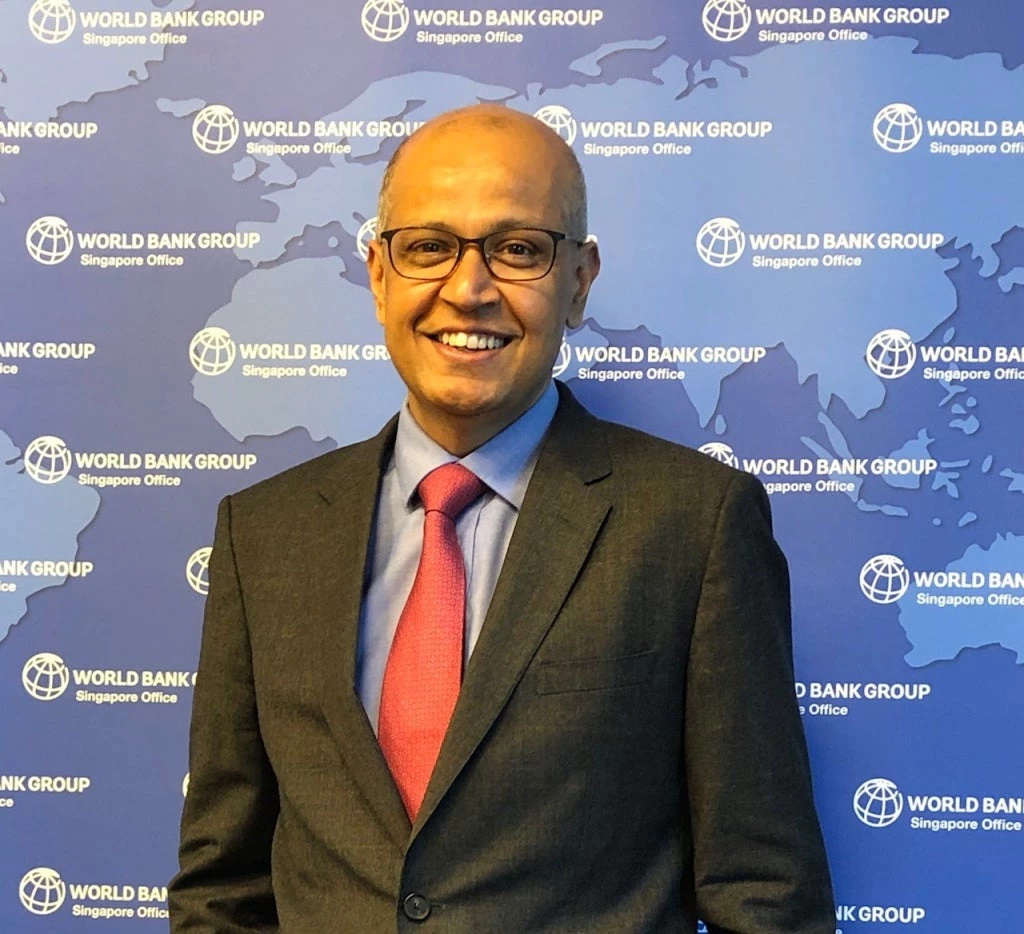 |
| Photo courtesy of chidanands through a Creative Commons license. |
Coke sells 1.6 billion servings per day. You can find Coke in the remotest, poorest and most unlikely parts of the planet. I recently came across this fascinating video of a talk by Melinda Gates. She asks: For those of us working on development, what are the lessons to take away from Coke’s enormous reach (and success)? According to Ms. Gates, there are three:
1. Invest in real-time data that feeds back into the product. If you're running Namibia for Coca-Cola, and you have 107 constituencies, you know where every can versus bottle of Sprite, Fanta or Coke was sold, whether it was a corner store, a supermarket or a pushcart. So if sales start to drop, then the person can identify the problem and address the issue.
2. Tap into local entrepreneurship. Coke's been in Africa since 1928, but most of the time they couldn't reach the distant markets, because they had a system that was a lot like in the developed world, which was a large truck rolling down the street. And in remote parts of Africa it's hard to find a good road. But Coke noticed that local people were taking the product, buying it in bulk and then reselling it in these hard-to-reach places. In 1990 they started training local entrepreneurs, giving them small loans. They set them up as what they called micro-distribution centers. And those local entrepreneurs then hire sales people, who go out with bicycles and pushcarts and wheelbarrows to sell the product. There are now some 3,000 of these centers employing about 15,000 people in Africa. In Tanzania and Uganda, they represent 90 percent of Coke's sales.
3. Great marketing. The secret to Coke’s marketing is that it is aspirational. It associates the product with a kind of life that people want to live. Coke’s song for the soccer World Cup 2010 by K’Naan (“Wavin’ Flag”) was localized into 18 different languages and went number one on the pop chart in 17 countries.
What struck me is the applicability of these lessons to the most unlikely of areas: disaster risk management:
1. Real-time data: Acquiring and widely communicating risk data is one of the most effective things governments can do. In the wake of this month’s devastating floods in Queensland there are reports that Australian insurers are pointing to the lack of flood mapping as the main culprit behind availability of flood insurance in the region. The recent Economics of Disasters report (pdf) points out that in as varied settings as North Carolina and Bogota, mandatory disclosure of risk data boost the probability of adopting appropriate disaster prevention measures. The difference in impact between the earthquakes in Chile and Haiti has been widely reported. This is largely due to the systematic manner in which Chile has used data from each earthquake to update its building codes and regulations. In the aftermath of the Haiti earthquake organizations like Ushahidi and Random Hacks of Kindness played an amazing role in using technology and data for the massive relief and recovery effort. Through the efforts of Openstreetmap and Crisis Commons, in the space of a week-end Port-au-Prince went from being one the least mapped cities in the world to having a complete digital map of roads, hospitals, triage centers and refugee camps
2. Local entrepreneurship: The best of policies, regulations, building codes etc. are useless if they are not applied effectively on the ground. Effective disaster risk management taps into local capacity and initiative. Curriculum for training of masons in confined masonry developed the Appropriate Infrastructure Development Group is a good example of this. Community based disaster risk programs in Indonesia (pdf) and Vietnam are others.
3. Great marketing: And finally, great marketing in disaster risk management is not about selling stuff but effective communication: of risks and the need for ex-ante readiness. Bangladesh is a good example of a country that has systematically reduced death and destruction from cyclones. One of the pillars of their strategy has been effective early warning systems and especially the “last mile” connectivity of warnings into local communities. This is often as simple as a high-school student on a cycle with a megaphone. Organizations like RiskRed have done an excellent job in designing educational materials with a focus on adults (the general public), children, and schools for school safety.
So what do you think? Are there more lessons, innovations and analogies from Coke and other success stories that we in the development community can learn and adapt from? Feedback, comments and criticism welcome!


Join the Conversation